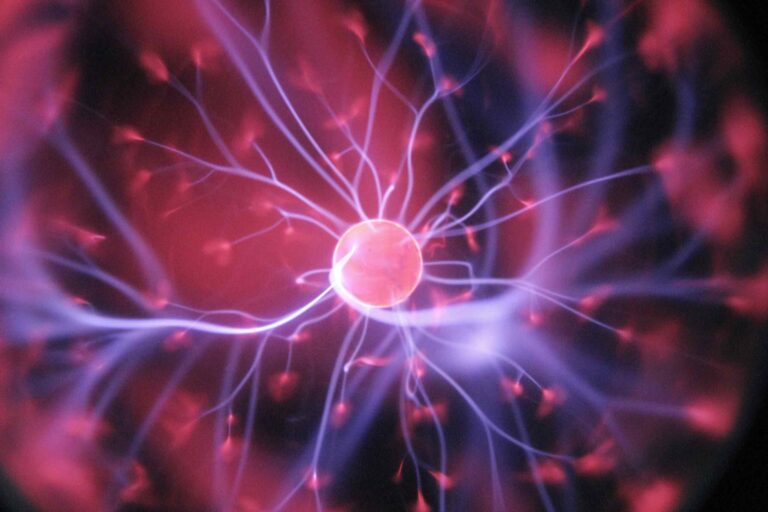Deep learning optimizes artificial intelligence (AI) processes, thanks to machine learning (ML), by which machines can learn.
Thus, it represents one of the most significant sources of success for artificial intelligence. Indeed, artificial neural networks, which can automatically analyze data-such as images, audio, video or time series-exceed human performance in many cases.
In this context, deep learning plays an increasingly important role. Just think of “reinforcement” deep learning algorithms in the context of sequential decision problems.
Table of Contents
Deep learning, what is it
So, deep learning is a technique for learning by exposing artificial neural networks to large amounts of data in order to learn how to perform assigned tasks.
Deep learning, then, is an important element of data science, which includes statistics and predictive modeling. In fact, it is the learning by which “machines” learn data through the use of algorithms, especially statistical computing.
A subcategory of machine learning, based on the assimilation of data representations, and a branch of artificial intelligence, deep learning learns multiple levels of representation that:
- equate to scales of factors or concepts;
- define the research field of machine learning and artificial intelligence;
- causes low-level concepts to define high-level concepts;
- refers to artificial neural network algorithms that appeal to brain structure and function.
How deep learning works
Deep learning exploits architectures such as artificial neural networks, applied in different domains, in a system capable of using a class of machine learning algorithms that:
- exploit multiple levels of cascading nonlinear units to perform feature extraction and transformation task;
- are based on unsupervised learning of multiple hierarchical levels of features (and representations) of data;
- belong to the broader class of data representation learning algorithms in machine learning;
- they learn multiple levels of representation that constitute a hierarchical scale of equivalent concepts at various levels of abstraction.
Artificial neural networks are mathematical-computing models that are inspired by the operation of biological neural networks, i.e., information interconnection models.
Simply put, these networks are “adaptive” systems capable of changing their structure (nodes and interconnections), based on external data and internal information that connects and transits through the neural network in learning and reasoning.
In addition, the algorithms are both supervised and unsupervised, while the applications involve both pattern analysis (unsupervised learning) and classification (supervised learning). Finally, higher-level peculiarities come from lower-level ones to provide a hierarchical representation.
Examples of deep learning
Deep learning exploits architectures such as artificial neural networks applied in the areas of:
- computer vision to classify images;
- automatic spoken language recognition. real-time translations and video captioning in media and entertainment;
- natural language processing;
- audio recognition;
- security: video surveillance and facial recognition;
- self-driving car: in autonomous driving, deep learning contributes to recognition of traffic signs and detection of pedestrians;
- robot automation in its own smart manufacturing;
- energy sustainability of a data center: improved by training a deep neural network;
- bio-informatics: to sequence genes, establish protein composition and structure, biochemical processes in cells and so on.
Investments in computer vision show the largest increase, +41%. This segment of the artificial intelligence market accounts for 11 percent of investments. Computer vision projects analyze the content of an image in contexts to be monitored, such as video surveillance in public places or monitoring a production line.
Natural language interpretation (Natural Language Processing), on the other hand, is worth around 20 percent of the market.
But applications in chatbots and virtual assistants (+34%) and intelligent data processing (+32%) are also on the rise.
Read also: What is ChatGPT: the artificial intelligence that could substitute humans












